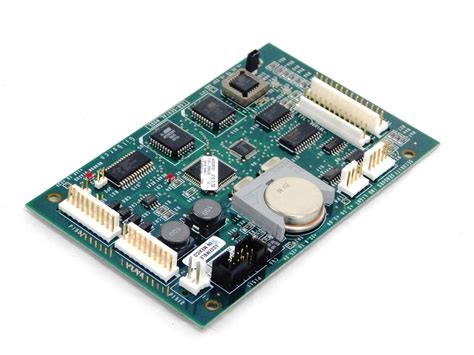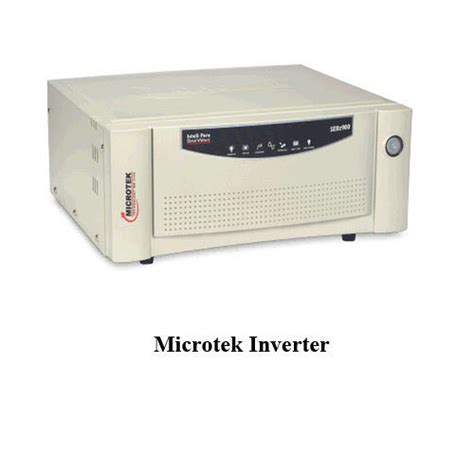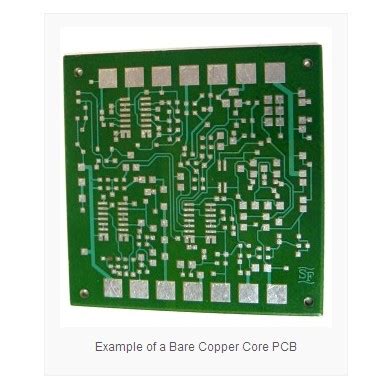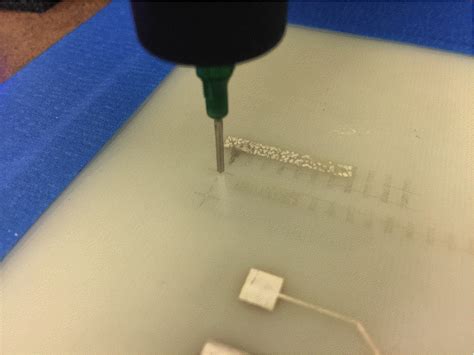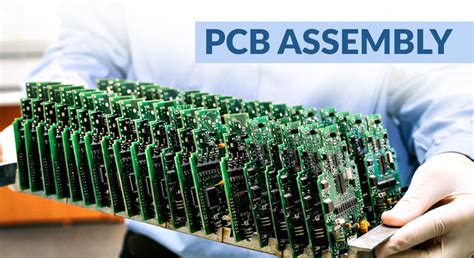Improved circuit board welding to cause false soldering
1 Surface tension
The cohesive force of tin-lead solder is even greater than that of water, making the solder spherical to minimize its surface area (under the same volume, the sphere has the smallest surface area compared to other geometric shapes to meet the requirements of the lowest energy state). The effect of flux is similar to the effect of detergent on greased metal plates. In addition, surface tension is highly dependent on the cleanliness and temperature of the surface. Ideal tinning can only occur when the adhesion energy is much greater than the surface energy (cohesive force).
2 The generation of metal alloy co-compounds
The intermetallic bonds between copper and tin form grains, and the shape and size of the grains depend on the duration and intensity of the temperature during welding. Less heat during welding can form a fine crystalline structure, forming an excellent solder joint with optimal strength. If the reaction time of patch processing is too long, whether it is due to too long welding time or too high temperature or both, it will lead to a rough crystalline structure, which is gritty and brittle, with low shear strength.

3 Wetting Angle
When a drop of solder is placed on a hot flux-coated surface at a temperature about 35°C higher than the eutectic point of solder, a meniscus is formed. To some extent, the ability of a metal surface to wetting can be evaluated by the shape of the meniscus. If the solder meniscus has a distinct undercut, is shaped like a drop of water on a greased metal plate, or even tends to be spherical, the metal is not weldable. Only when the meniscus is stretched to a small angle of less than 30° can it have good weldability.
4 Wetting Action
When hot liquid solder dissolves and penetrates the surface of the metal to be welded, it is called metal wetting or metal being tinned. The molecules of the mixture of solder and copper form a new alloy that is partly copper and partly solder. This solvent action is called wetting, which forms intermolecular bonds between the various parts to form a metal alloy co-compound. The formation of good intermolecular bonds is the core of the welding process, which determines the strength and quality of the welding point. Only when the copper surface is free of pollution and oxide film formed by exposure to air can it be tinned, and the solder and the working surface need to reach an appropriate temperature.
5 Copper is used as the metal substrate and tin-lead is used as the solder alloy.
Lead and copper will not form any metal alloy co-compounds, but tin can penetrate into copper, and the intermolecular bonds between tin and copper form metal alloy co-compounds Cu3Sn and Cu6Sn5 at the connection surface between solder and metal.
The metal alloy layer (n phase + ε phase) must be very thin. In laser welding, the thickness of the metal alloy layer is on the order of 0.1mm. In PCB copy wave soldering and manual soldering, the thickness of the metal bond of excellent solder joints is mostly more than 0.5μm. Since the shear strength of the solder joint decreases with the increase of the thickness of the metal alloy layer, it is often tried to keep the thickness of the metal alloy layer below 1μm, which can be achieved by making the soldering time as short as possible.
The thickness of the metal alloy copolymer layer depends on the temperature and time of forming the solder joint. Ideally, soldering should be completed within about 2s at 220’t. Under this condition, the chemical diffusion reaction of copper and tin will produce an appropriate amount of metal alloy bonding materials Cu3Sn and Cu6Sn5 with a thickness of about 0.5μm. Insufficient intermetallic bonds are common in cold solder joints or solder joints that are not raised to the appropriate temperature during soldering, which may lead to the cutting of the soldering surface. On the contrary, too thick a metal alloy layer is common in solder joints that are overheated or soldered for too long, which will result in very weak tensile strength of the solder joint.

